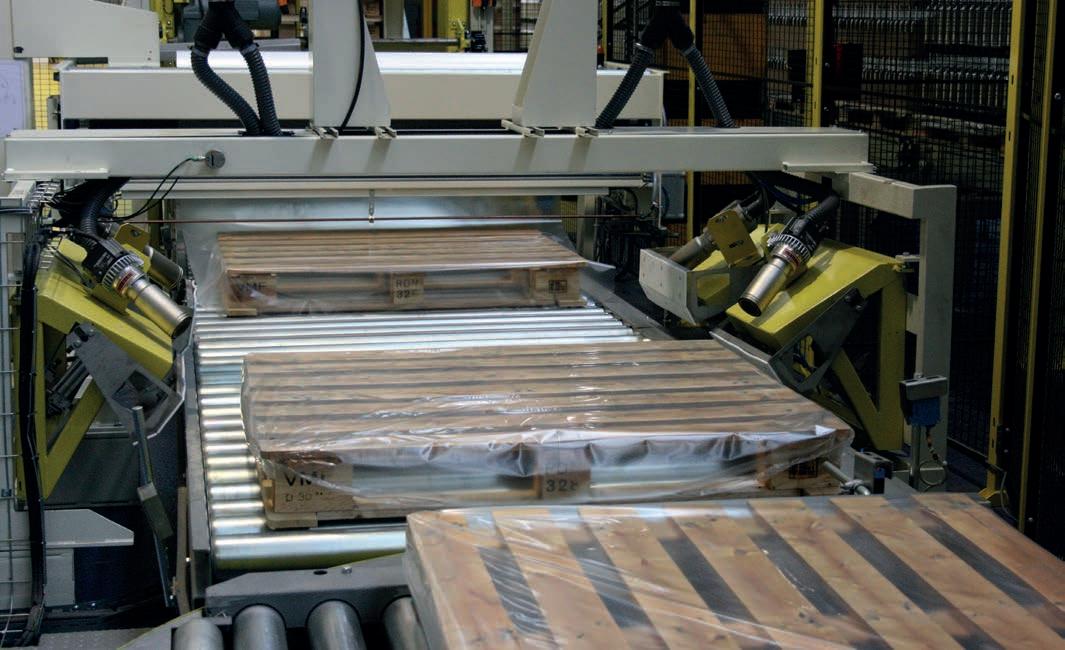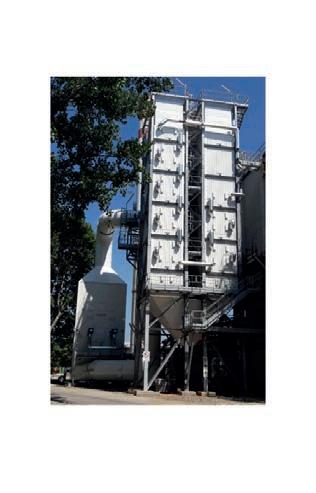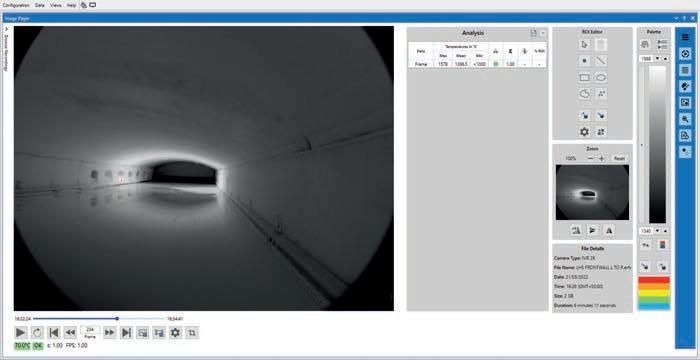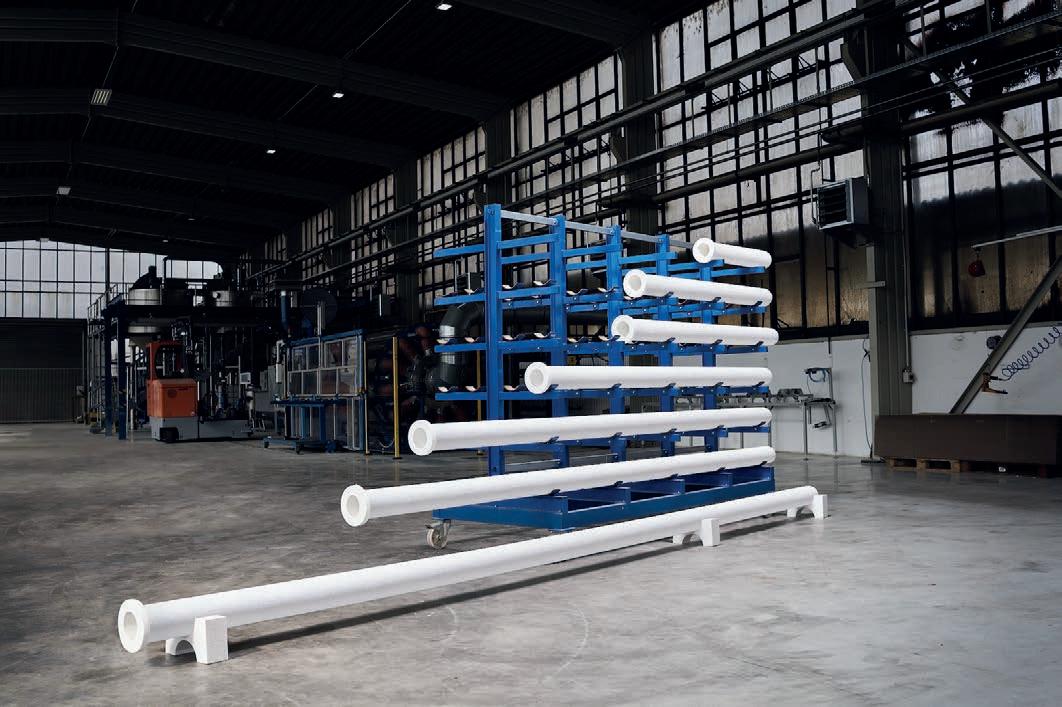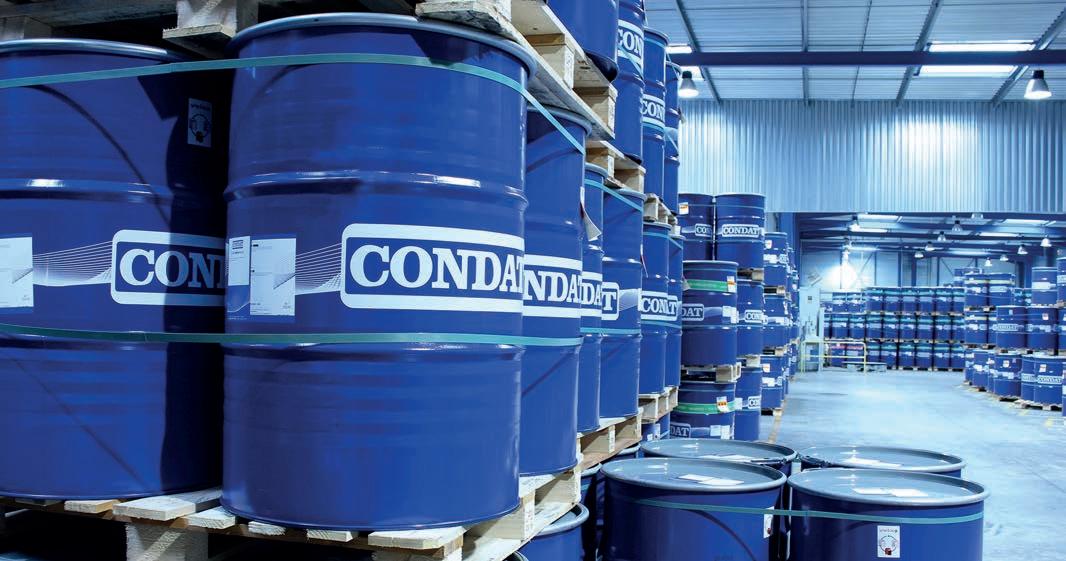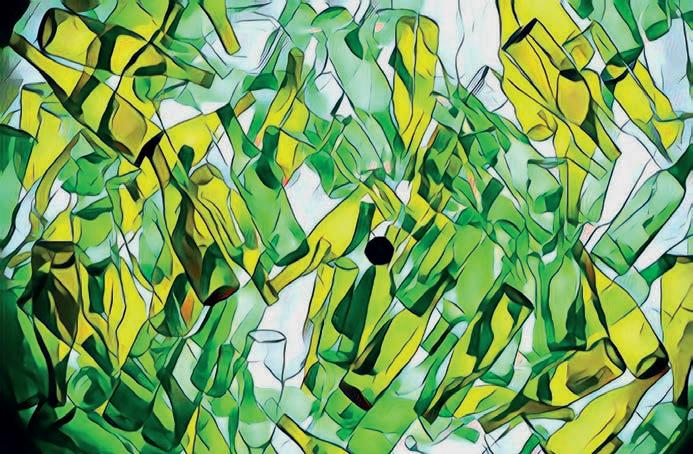
8 minute read
Decarbonisation: HVG
(Above) Team of the HVG emission measuring institute.
Emission measurements in Germany
Emission measurements have become important as the glass industry aims towards carbon neutrality. HVG’s Henrik Gustmann* and Karlheinz Gitzhofer* explore the current challenges for glass manufactures and measuring institutes in Germany.
The Research Association of the German Glass Industry (HVG) [1] has been active in research and served the glass industry for more than 100 years. The HVG has also been able to perform emission measurements for its members and customers since 1975.
In the last decades, environment and climate protection has become important for the society and the glass industry. Hence emission measurements have become a priority for HVG (Fig 1).
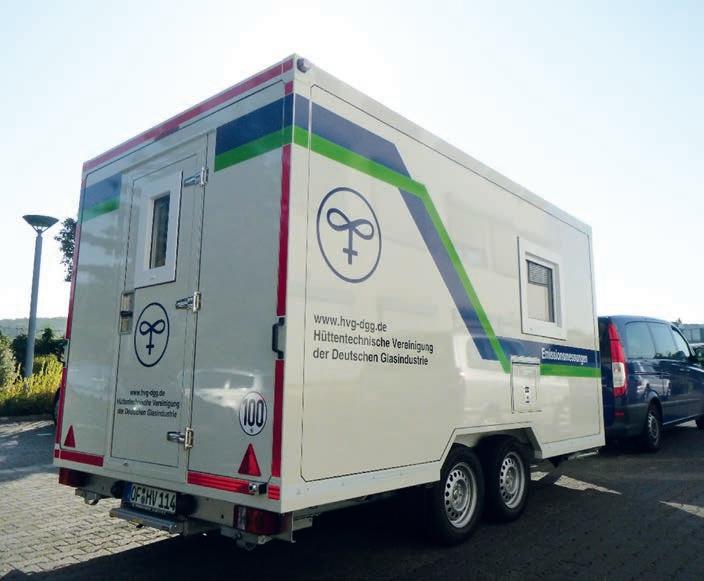
Fig 1. Mobile HVG emissions measurement laboratory in a trailer.
In this paper, general regulations and requirements for the emission measuring institutes, like HVG, are presented. Laboratory norms, accreditation, notification and interlaboratory tests have changed the way we work and improved the quality of institutes.
Although all these regulations are blurring the difference between several institutes, HVG stands out due to its specialisation and focus on the glass industry. Background knowledge of the process, years of experience and onsite analytics are just some aspects that make HVG the respected partner of glass manufactures.
The results of HVGs emission measurements are also a valuable dataset for several own research and development projects. Moreover, the knowledge and the data are inputs to the discussions on national and international standards and regulations or on regulatory limits (e.g. boron-emissions, mercury-emissions). These contributions were beneficial for the glass industry, as can be seen in the second part of this paper, in which current challenges for the German glass industry due to the growing requirements and regulations in field of emission measurements are summed up.
Germany
Emissions measurements in Germany are regulated by the Bundesimmisionsschutzgesetz (BImSchG)[2] (Federal Immission Control Act). Furthermore, there are several Bundesimmisionsschutzverordnungen (BImSchV)[3] (Federal emission control regulations) as well as the TA-Luft[4] which set emission limits as well as the boundary conditions. Based on all these, the authorities, like state offices for example, were able to create a notice of approval for the maintainer of a site. In these notifications, the emission limit values, restrictions etc. can be found.
The maintainer must prove that it complies with the limit values with the help of discontinuous or continuous emissions monitoring.
Therefore, an independent notified (after §29b BImSchG) test institute is needed. The institute performs discontinuous emission measurements, calibration of the automatic measuring system and functional tests. The results of the measurements are reported to the maintainer, which in turn reports to the authorities.
To be officially notified the institute must be accredited by the national accreditation body DAkkS. There is an information exchange between DAkkS and the competent authorities of the institute. Based on the accreditation, the competent authorities can notify the institute. Nevertheless, there is a constant monitoring and regular quality control of the institute through the DAkkS and the authorities. So, the institute must prove that it complies with the statutory provisions, which is a current as well as a constant challenge for every institute.
Accreditation
As already mentioned, an official emission measuring institute in Germany needs an accreditation. Therefore, a quality management system after DIN EN ISO/IEC 1702:2018 must be implemented. That means, for example, that operation instructions (SOPs) for every process are needed. Moreover, gapless documentation, a detailed risk evaluation and constant quality control are some major points for a full quality management system. This system is monitored by experts of DAkkS with the help of audits every 18 month. Moreover, the accreditation must be renewed every five years. Here the institute must face a big reaccreditation audit.
To comply with the accreditation, the institute is only allowed to use standard reference methods. Of course, the methods must be validated and constantly verified. Therefore at least two interlaboratory tests have to be performed for each method within five years.
The institute must be an independent company with competent, experienced and constantly trained personal. Furthermore, the test institute has to maintain an own chemical laboratory for all analyses. The only exceptions are the highly toxic components like dioxins and furans. Moreover, the institute is only allowed to use certified measuring equipment for official measurements.
If the institute complies with all these requirements, it will get an accreditation by DAkkS. Based on this, the authorities can notify the institute for official emission measurements.
Like the accreditation, this notification must be renewed every five years. So, there is an additional review of the accreditation, of the results of the interlaboratory tests, the competence of the personal etc. by the authorities.
Regulations
As previously mentioned, there are also several current challenges for the glass industry regarding emission measurements. One of these is the so-called new TA Luft [4,5], which became effective in December 2021. One new regulation is, that the authorities can now impose semi-annual emission measurements if no continues emission monitoring is installed, which is still the case for many glass-production sites.
Furthermore, there are new and strict limit values (Fig 2). However, the new limit values as well as new measurement intervals must be imposed by authorities. So, pre-emptive obedience by the maintainer of a site is not necessary.
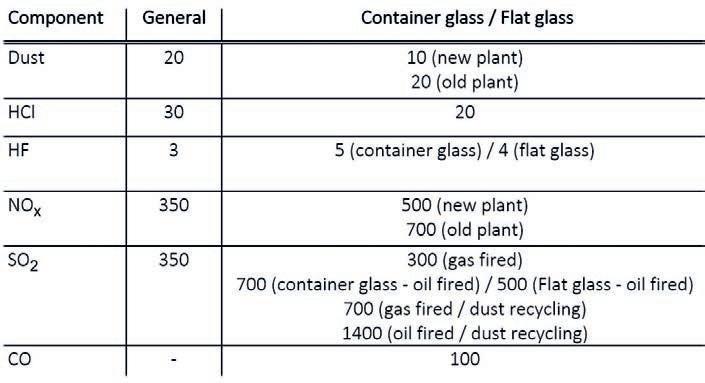
Fig 2. Examples of the new limit (in mg/m3) values for conventional heated container an flat glass furnaces.
There are separate specific tonnagerelated limit values for oxy-fuel furnaces and electrically heated furnaces, for systems with raw material preheaters and for systems with nitrate purification.
Each glass sector must be considered separately, as individual emission limit values differ.
Moreover, due to the research of HVG in co-operation with BV Glas and Federal Environment Agency (UBA) there are still several exceptions for some sectors of the glass industry (Fig 3).

Fig 3 - Exceptions of limit values (in mg/m3) for some sectors of the glass industry.
Some exceptions like for SO2, NO2, Pb, Se, As and Cd had been established already for the ‘old’ TA Luft. It was possible to preserve these regulations.
There are also new exceptions for the glass sector which can be traced back to HVG-research projects. For example, it was possible to hinder a tightening of limit values for mercury from 0.05 mg/m3 to 0.01 mg/m3 if recycled cullet is used.
Furthermore, based on HVG research projects, it was possible for the glass industry to avoid a strict and most likely not compliable limit of 1 mg/m3 for boron (classified as toxic to reproduction) emissions.
Power generators
Among others the revision from 2019 of the 44. BImSchV[3] regulates emission measurements on emergency power generators which were also wildly in use within the glass industry. So, power generators of 1 MW or more have now to be registered and approved by the authorities. Emission measurements are mandatory for new generators since 2019 and for old systems starting from 2024.
In a big difference to the regulation of the TA Luft, the new rules of the 44. BImSchV need not be announced or imposed by local authorities. That means the maintainers of the generators are instantly responsible for the registration of their systems as well as for the demanded emissions measurements.
Alternative melting technologies
Climate change, as well as the urgent gas-shortage, requires an energy transition. Therefore, alternative melting technologies such as H2-Oxyfuel-, hybrid-, all-electric and water-cool furnaces are currently being discussed. Furthermore, energy saving technologies like preheating of recycling cullet as well as downstream use of heat are interesting. Naturally, in the glass industry the discussions most of the time revolve around subjects like burner technologies, glass properties and investments. But the change in exhaust composition is also worth discussing. For example, in case of H2-Oxy-fuel furnaces, one will get lots of water vapour and less nitrogen. This leads to new challenges in terms of emission monitoring and measurement technologies.
In the case of all-electric furnaces (AEF), HVG already has a sufficient dataset with the possibility of direct compression to conventional furnaces. Thus, it is possible to sum up some general remarks on the typical emissions of all-electric furnaces.
As expected, the emission properties of AEFs differ from fossil fuelled furnaces. In case of cold-top-furnaces HF, HCl and B (gas and dust) emissions are reduced due to absorption within the batch cover. On the other hand, dust-, NOx and organic emissions can emerge directly from the batch (Fig 4). In case of NOx emissions, this could be problematic because it is not possible to reduce NOx via reductive conditions in an AEF.

Fig 4. Probe for dust measurements.
Furthermore, the flue gas temperature is typically too low for an efficient NO reduction via SCR. Moreover, organic and highly toxic emissions can be problematic especially in the case of cold-top furnaces and use of recycling cullet. Dioxins and furans (PCDD/PCDF) can be formed due to the so called de novo synthesis in the temperature range between 250°C and 450°C.
Thus, one could conclude that, all electric furnaces are providing several advantages regarding emission reduction in case of some compounds (e.g. HF, HCl and B). Simultaneously, other compounds like NOx and organics become a new challenge. Therefore, it is possible that an adaption of measurement methods and surveillance concepts (e.g. limit values) is needed.
References
1. www.hvg-dgg.de/emt
2. https://www.gesetze-im-internet.de/ bimschg/
3. https://www.gesetze-im-internet.de/ bimschv_44/
4. http://www.verwaltungsvorschriftenim-internet.de/bsvwvbund_18082021_ IGI25025005.htm
5. https://www.lai-immissionsschutz.de/ documents/lai-auslegungsfragenkatalog-44bimschv-mit-schaubild_1643987733.pdf
*Research Associates for Environmental Protection, Hüttentechnische Vereinigung der Deutschen Glasindustrie (HVG), Offenbach am Main, Germany http://www.hvg-dgg.de/en/home.html



